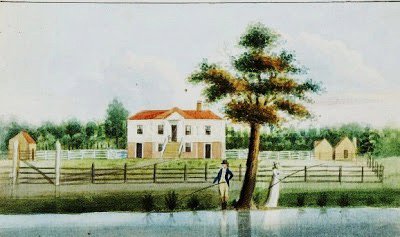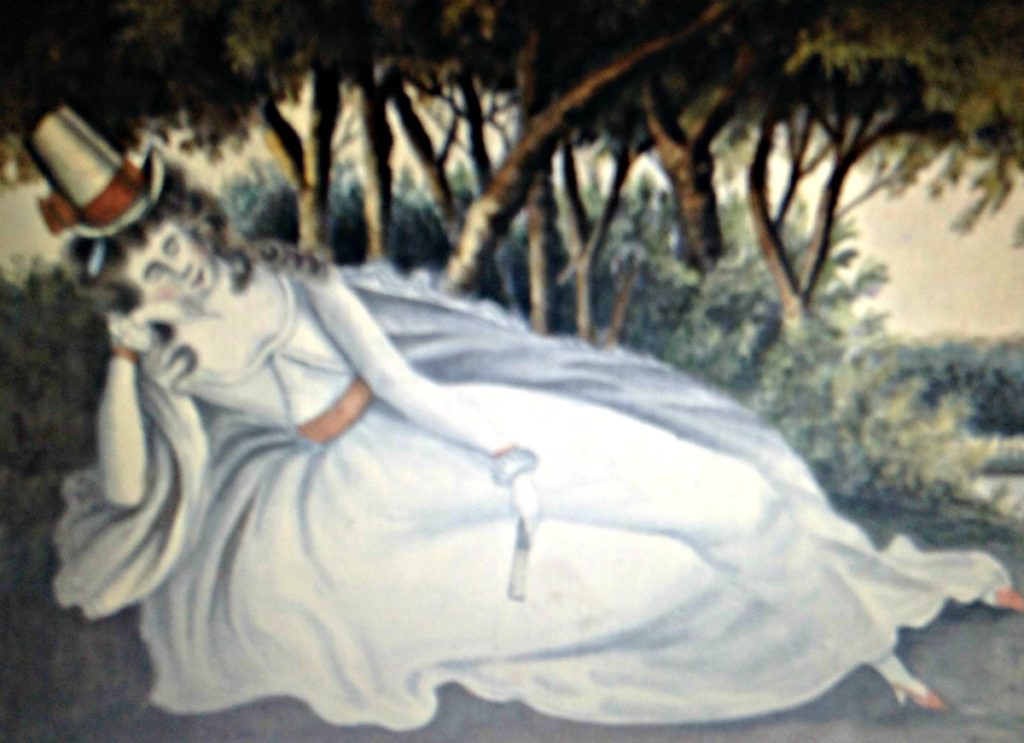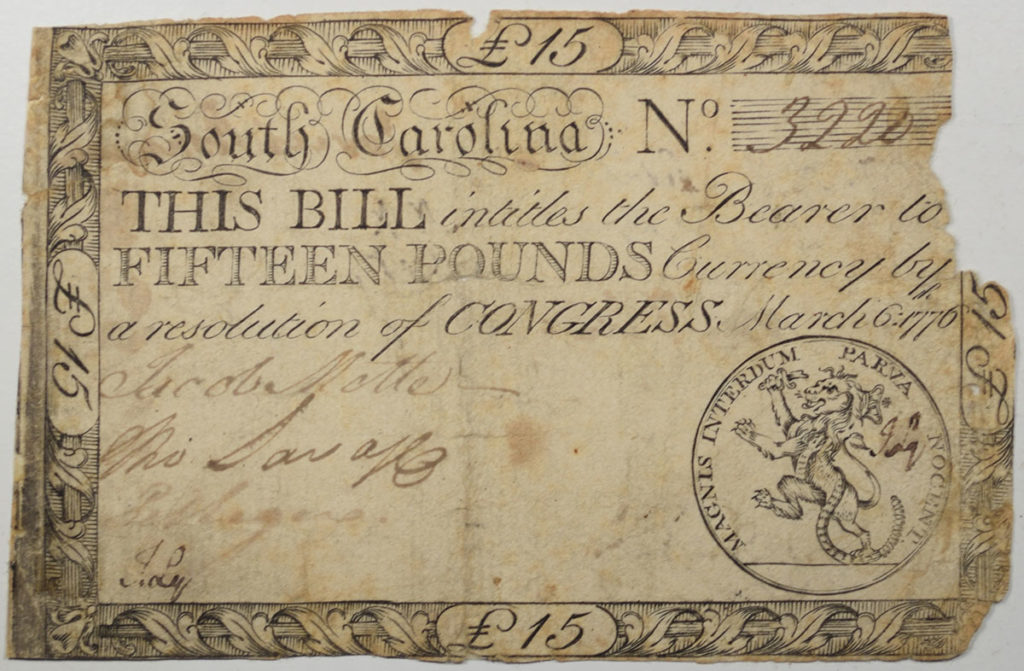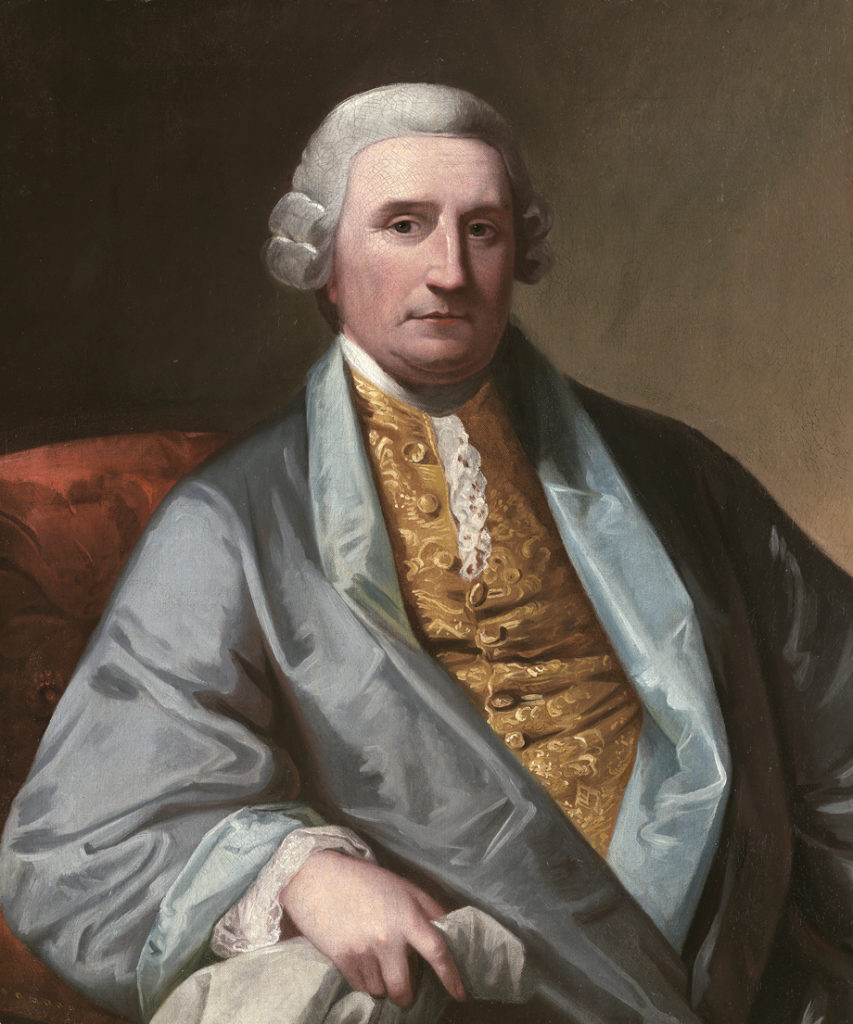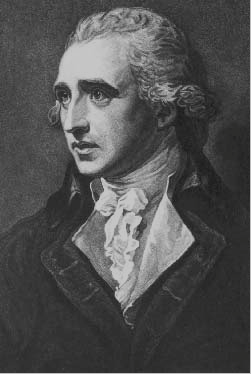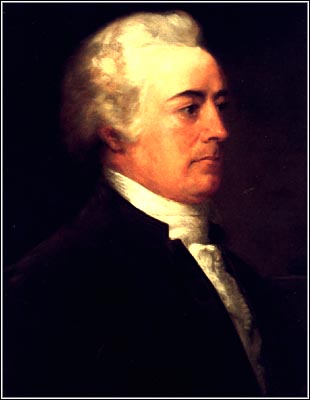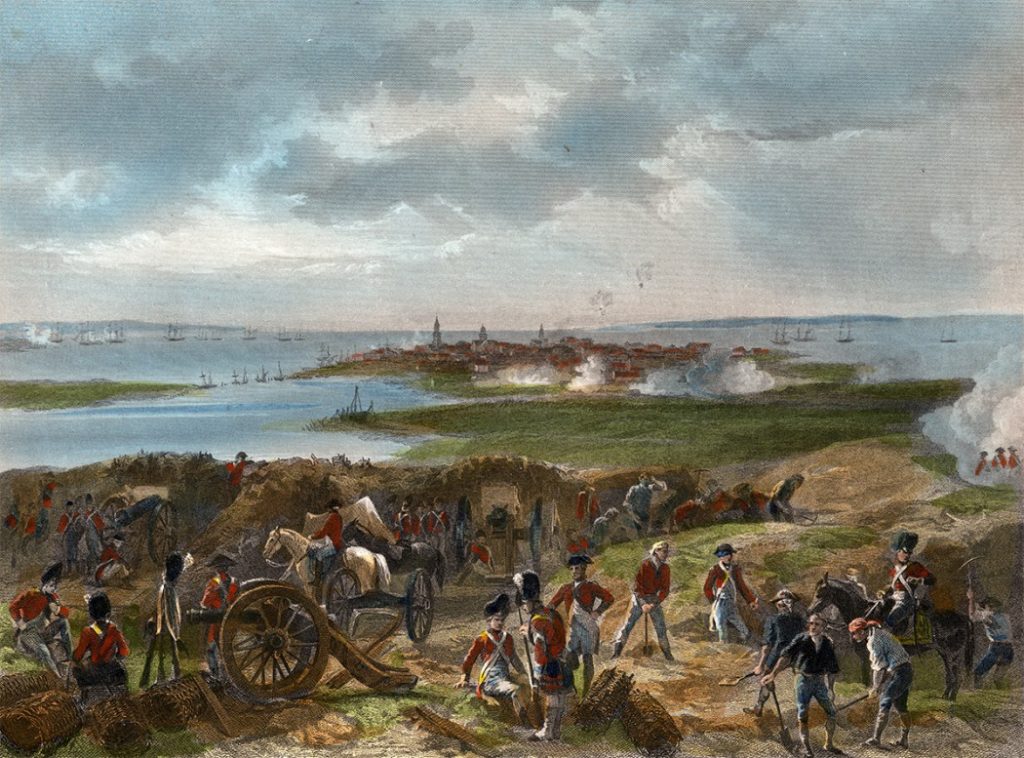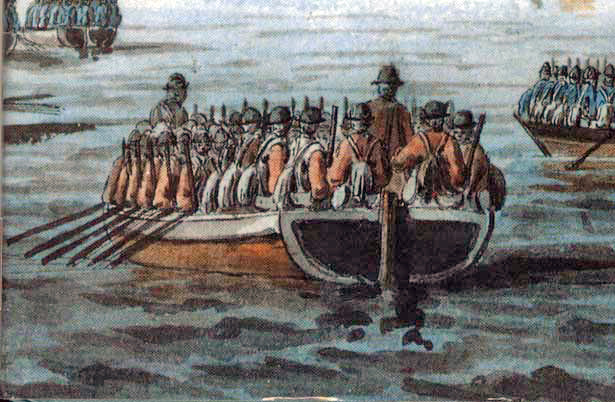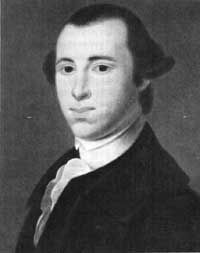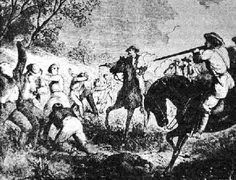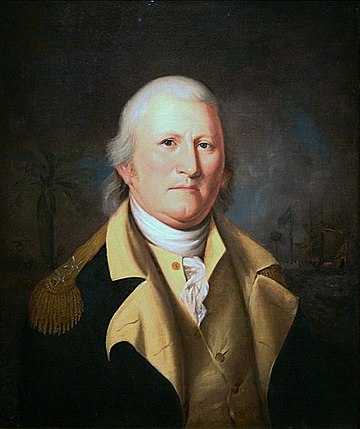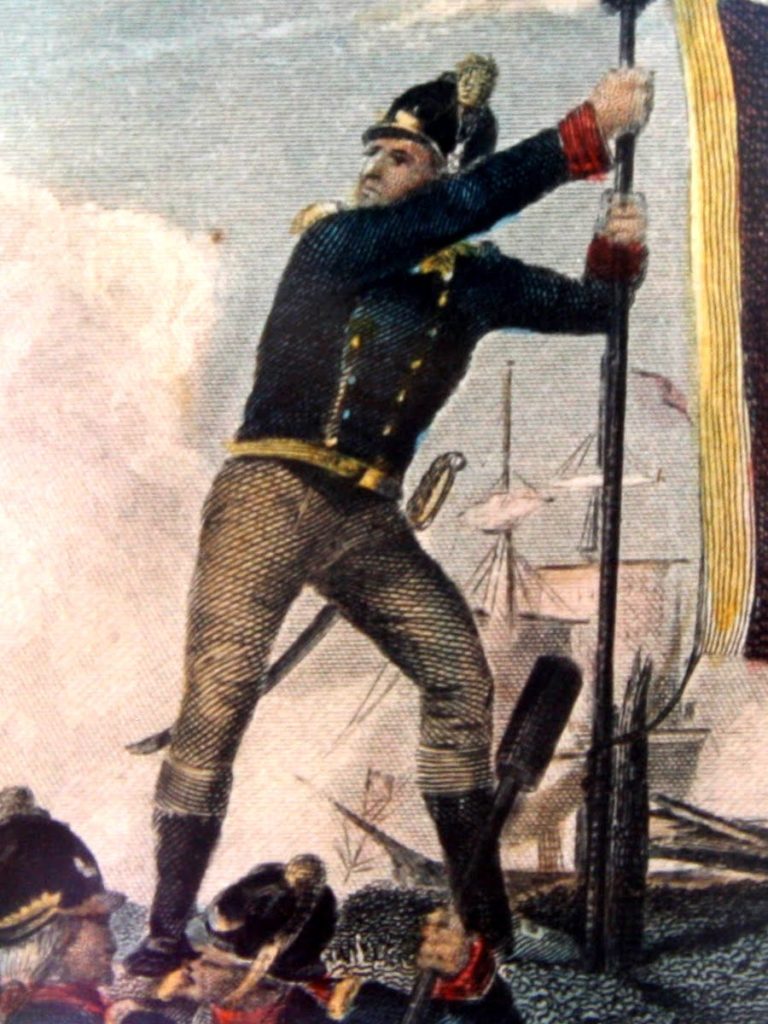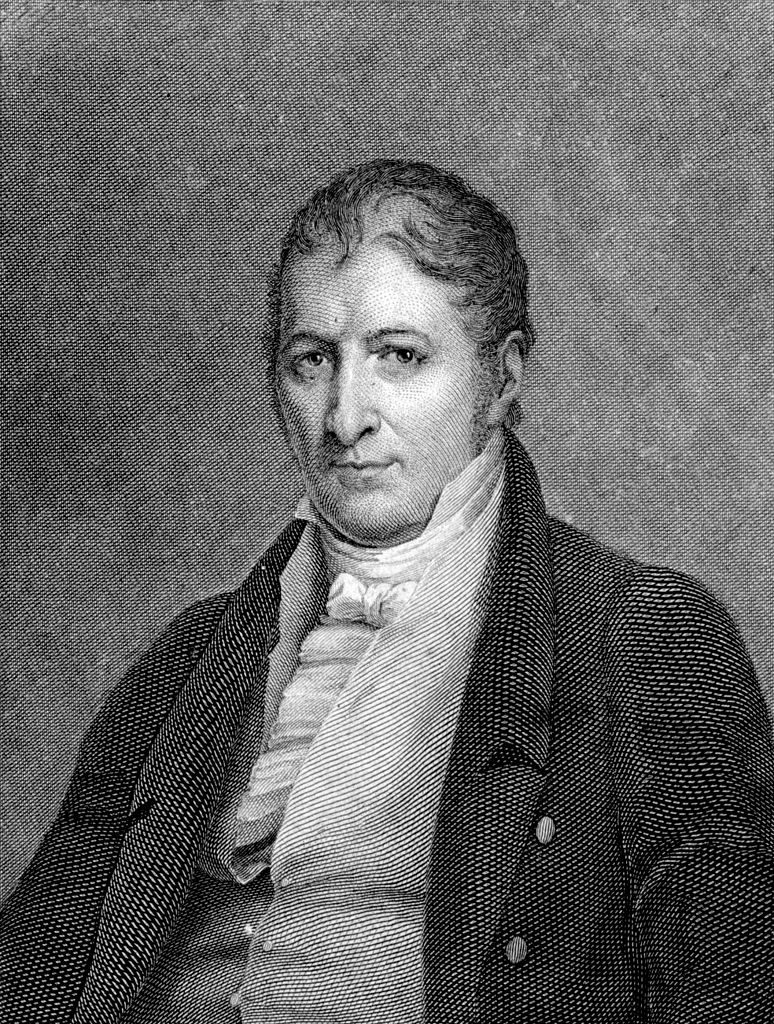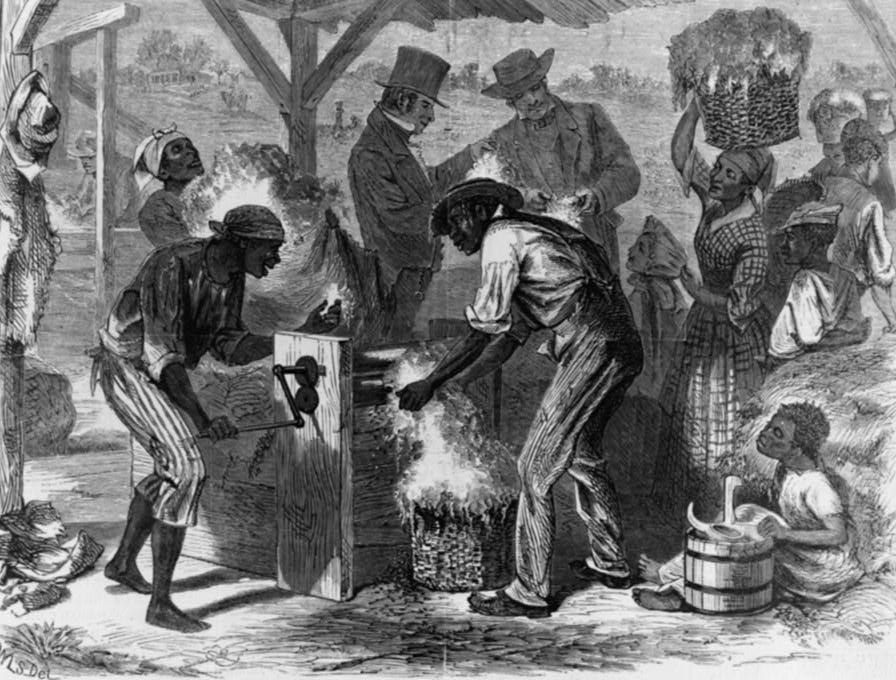COLONIAL LIFE IN THE LOWCOUNTRY
Living standards of the typical Southern colonist were the highest in the world. Prosperity was dependent on the ability and opportunity to acquire land which could be had for as little a a penny per acre. Land, money and the number of slaves owned provided the source and measure of wealth. The critical issue of the colonial period was not how to obtain land; it was how to obtain adequate labor to work the land.
While most Southern colonial farms were 75 to 125 acres in size and worked by the immediate family, the Low Country was populated with large plantations consisting of many acres owned by wealthy planters. The Low Country provided the exacting environment for raising cash crops such as rice, indigo and eventually cotton.
.
WEALTH
By 1774, South Carolina accounted for almost 46% of the total wealth of the 13 colonies. This fact was borne out as a distinct and elite group of aristocratic planters evolved. To be considered a part of this group your holdings would include at least 500 acres an 20 slaves.
Southern Aristocrats were economically and socially successful which allowed them to pursue other interests such as politics. Wealthy Southern planters exerted their influence over commoners, making it easier to maintain order as humble immigrants were already conditioned to accept the aristocracy as the ruling class.
Based on cash crops, the financial system was primitive as there were no commercial banks, stock markets etc. The British would not allow their coinage to circulate in the colonies, prompting the use of Spanish Silver, credit and paper currency that was printed by each colony.
.
GOVERNMENT
South Carolina established the Parish system of governance with the Beaufort area being represented by St. Helena, Prince William, St. Peter and St. Luke Parishes.
Population growth in the 1760's created tensions between the new patriots and those loyal to the Crown. The Stamp Act of 1765 (repealed in 1766) was imposed on all colonists and required tax payments on every piece of printed paper used. Ship's papers, legal documents, licenses, newspapers, other publications, and even playing cards were taxed. This act and others found South Carolina banding in opposition to the British with the other colonies.
Patriots desired to abandon the Parish system in favor of a Provincial Congress. Elections were called for in 1774 and held in 1775, installing the First Provincial Congress with Henry Middleton as it's president.
THE BEAUFORT ASSEMBLY OF 1772
In 1772, Lord Charles Greville Montague the royal governor, moved the government of South Carolina from Charles Town to Beaufort.
His goal was to make it difficult Charles Town patriots to attend the autumn session of the Commons House of Assembly. The result of this political move would diminish the patriots influence and allow the legislature to be more easily managed by the royal faction.
The political ploy was a complete failure as only five members were unable to appear. Within a month the governor and the Commons House of Assembly were back in Charles Town. Already unpopular as governor because of his attempts to enforce the Stamp Act of 1765 Montague returned to England.
This political move was cited by Thomas Jefferson in the Declaration of Independence as one of the grievances prompting the colonies to seek freedom from England. As the political rhetoric elevated, sharp divisions arose between patriots and loyalists, who thought that domination by the rich, elitist Charles Town planter class was worse than remaining under the rule of the British Crown.
PREPARING FOR HOSTILITIES
In June 1775, the South Carolina created a temporary government to rule until the colony had settled things with Britain.
The Royal Governor dissolved the last-ever Royal Assembly in South Carolina in September 1775, leaving for the safety of the British warship Tamar anchored in the Charleston Harbor.
Under the new constitution drawn up on March 26, 1776, John Rutledge was voted "President" of the state which was called the General Assembly of South Carolina. Upon taking office, he worked quickly to organize the new government and to prepare defenses against British attack.
In early 1776, Rutledge learned that British forces would attempt to take Charleston. In response, he ordered the construction of Fort Sullivan (now Fort Moultrie) on Sullivan's Island in Charleston Harbor.
THE BRITISH LAY SIEGE ON FORT SULLIVAN
The British weren't cognizant of the anger felt by colonists and thought there was little little chance of an organized rebellion. Loyalists also argued against rebellion and did not recognize the colonists' anger at the oppressive taxation of King George III, nor the determination of the Patriots to win their freedom.
In the summer of 1775, the British Army decided they needed strengthen their presence in the southern colonies in order to protect their interests in New England. Sir Henry Clinton sent British troops to take control of Charleston Harbor on June 28,1776 and attack the Continental Army at Fort Sullivan. Three British warships ran aground in the channel so squadrons of British soldiers were sent by small boats to lay siege. The Patriots were able to resist the attack and after thirteen hours of intense fighting, the British admitted their defeat. British casualties outnumbered Patriot casualties five to one.
INDEPENDENCE DECLARED
Local militias were being raised and volunteers were sought for the war effort. The bitter rivalries between Tories and Patriots prompted them to form their own militia units which lead to skirmishes and scattered fighting throughout the area.
The Beaufort district did not play a major role in the early years of the revolution and accounted for the lowest turnout of volunteers on both sides versus any other part of South Carolina. The constant treat of the British controlled stronghold in Savannah was thought to be the contributing factor for this occurrence.
Thomas Heywood Jr. was born in St. Luke's Parish (present day Jasper County) and home schooled. He received his formal education in England and was elected to the Continental Congress in 1775. Heywood was a signer of Declaration of Independence and the The Articles of Confederation in 1776 as South Carolina's representative.
Acting as commander of a militia force during the siege of Charleston, he was captured and held as prisoner of war for 11 months in ST. Augustine Florida and released during a prisoner exchange. After the war, Heywood continued to serve as a judge retiring from the bench in 1798.
THE WAR AND IT'S AFTERMATH
There were over 200 battles fought in South Carolina during the war. The Beaufort district was fortunate in that it saw limited engagements in the early years. As the war progressed, the British efforts in the north were stalled, therefore they started focusing efforts on the South. Savannah was captured in December, 1778. British forces then attempted to capture Beaufort. Their efforts proved unsuccessful as they were turned back by General William Moultrie and his militia near the present Marine Air Station.
The British raid though unsuccessful, routed the Americans forces defending Port Royal Island forcing them to flee their post because defensive forces stationed at Fort Lyttleton protecting Beaufort, had destroyed their cannons and blown the fort as they feared capture by the Vigilant, a 74 gun British Man of War.
WAR ENGAGEMENTS
The Beaufort District's strategic location between Savannah and Charleston and bound by Port Royal Sound to the Savannah River, meant that warring factions were constantly at odds to control territory, transportation routes and supply chains.
Notable skirmishes and battles in present day Jasper county include actions at:
- March 2, 1776 - Yamacraw Bluff
- January 1, 1779 - Zubly's Ferry
- April 22, 1779 Black Swamp
- April 29-July 8, 1779 - Prevost's March
- May 3, 1779 - Coosawhatchie
- May 4, 1779 - Tullifinny Hill
- July 23, 1779 - Savannah River
- March 12, 1780 - Two Sisters' Ferry
- February 24, 1782 - Savannah River
- June 23, 1782 - Three Sisters' Ferry
Jasper County's namesake seen raising the Moultrie Flag during the Battle of Sullivan's Island.
On July 23, 1779, Sergeant Jasper and a detachment of Georgia Continentals went up the Savannah River and captured seven (7) Loyalists from Georgia on a patrol, recovering twelve stolen slaves. The prisoners were sent to Charlestown.
ENDING THE POLITICAL DIVISON
Loyalties divided South Carolina before and after the war. The Upcountry, consisting primarily of small farmers, had been loyal to the Crown while the Lowcountry planter class favored the patriots. Both sides now found themselves ravaged and the entire state’s economy was disrupted.
Dependent on the British for subsidies tied to cash crops, Lowcountry planters still owed money to it's creditors and the new country was broke. Poor crop yields would make economic recovery difficult. Though maintaining majority rule in the state government, they feared that the Upcountry would not support the issue of slavery which was tantamount to their economic survival.
THE COMMON BOND
Cotton was introduced into the Lowcountry in the late 1700's by planters from Barbados and Georgia. It’s production was very labor intensive and required a full day's labor to produce one pound of finished product.
In 1793, Eli Whitney introduced the cotton gin, a machine that easily removed the seed husks vastly improving production. This innovation made growing cotton economically feasible for upstate landowners resulting in a huge rise in the demand for slaves.
Old political divisions were mending as the creation of wealth became more viable. The United States outlawed the international slave trading in 1808 resulting in a flourishing domestic slave trade within the U.S.. Upcountry planters were increasingly cooperative with their Lowcountry counterparts jointly seeking to protect the institution of slavery.
The implementation of the cotton gin was about to change the course of history for South Carolina and ultimately the United States.


